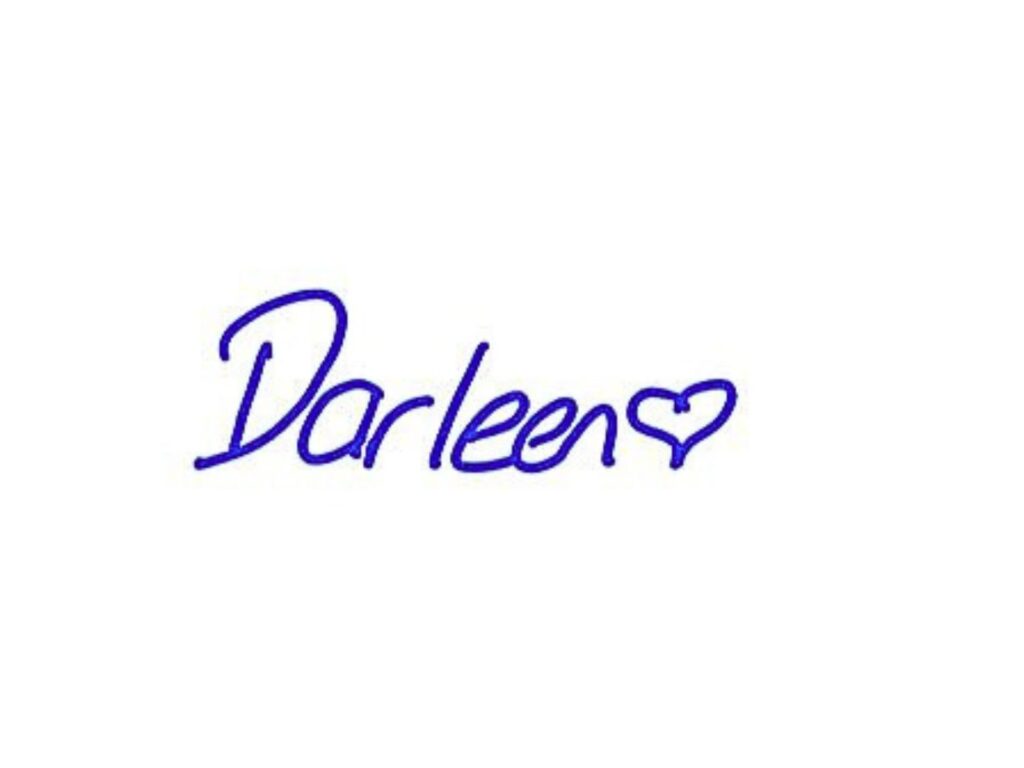Living with chronic pain reshapes every part of life, emotionally, physically, mentally, and even spiritually. The journey from survival to sovereignty is not a linear one. It’s a winding path that asks for deep self-awareness, personal responsibility, and the willingness to question everything that has been handed down about the body, health, and what healing should look like.
This conversation brings forward what it truly means to rebuild life after illness and burnout, not just by removing pain, but by learning how to listen to the body, regulate the nervous system, and reclaim agency. At its core, this is a story of return: to presence, to intuition, and to self-trust.
The body is not the enemy. And pain is not the end of the story.

EPISODE 33: Listen using the player below, or click the links to your fave platform to subscribe and listen over there:
Healing Begins with Rewriting the Narrative
It’s common for people living with long-term pain to absorb a fixed identity, chronic illness becomes a defining feature, a constant lens. For years, pushing through pain might feel like the only option. Getting out of bed, going to work, holding it all together, and crashing at the end of the day. There’s no room to pause, no space to feel, and no energy left for anything beyond survival.
But when the body is finally given a chance to speak, and be heard, the healing begins. This isn’t about a magical fix. It’s about slowing down enough to notice what’s needed. To acknowledge what hurts. And to begin releasing the internalised belief that pain is permanent.
Healing begins in the moment someone decides to listen differently. To allow movement that feels good. To trust rest. To unlearn the need to push. And to start honouring the signs that the body has been offering all along.
The Role of Energy, Emotion, and Self-Awareness
True healing isn’t just physical, it’s energetic and emotional. The body stores experiences. It holds onto grief, stress, trauma, and suppressed emotions. For many, pain becomes the only language the body has left to express what hasn’t been processed.
This is why modalities like energy healing, breathwork, nervous system regulation, and emotional release can feel like the missing piece. They reach the parts of the body and psyche that traditional methods overlook. And they create the conditions for sustainable change.
There is nothing “woo” about this work it’s rooted in ancient systems, intuitive intelligence, and science-backed evidence that the mind and body are intricately connected. The more this connection is honoured, the more ease becomes available.
Releasing Pain as an Identity
Letting go of pain isn’t just about reducing symptoms, it’s about releasing the identity that was built around it. For many, chronic illness becomes a protective layer. It offers a reason to rest, a buffer from overgiving, or even a momentary escape from pressure. And while this is not wrong, it must be acknowledged with compassion.
- Pain sometimes gives permission to stop when no other boundaries are in place
- Releasing pain can trigger fear, of who one is without it, of what will be expected
- Healing means creating a new identity based on agency, not illness
- Boundaries, nervous system care, and emotional tools become the new supports
- Remission is not just the absence of symptoms, it’s the presence of sovereignty
Living pain-free doesn’t mean there will never be a flare or a moment of discomfort. It means the cycle no longer controls everything. It means there are now tools. And it means life is lived with presence, not fear.
Grieving Who You Were
One of the most overlooked aspects of healing is grief. Not just grief for relationships or people, but grief for the version of self that no longer exists. The person who coped in silence. The identity that was wrapped around survival. The patterns that once made sense but no longer serve.
Grieving that version of self is necessary. Not to dwell, but to honour. To acknowledge the pain and the resilience. To thank that version for getting through the hard parts. And to make space for what comes next.
This grief is layered. It doesn’t follow a timeline. It returns in spirals, triggered by moments, memories, or shifts. But with each layer that moves, space is made for something new: confidence, clarity, connection.
Emotional Work and Long-Term Change
Healing work will always include emotions. Suppressed feelings find their way into the body. When they’re not acknowledged, they build. They create tension, tightness, and inflammation. But when they’re met, with breath, curiosity, and safety—they begin to dissolve.
There’s often resistance to certain forms of inner work: forgiveness, mindset shifts, vulnerability. But even small invitations can plant seeds. The subconscious will hold onto what it needs. And when the body and mind are ready, those seeds begin to grow.
Healing doesn’t need to be forceful. Sometimes all it takes is one suggestion, one shift in perception, or one moment of emotional honesty. And from there, the next step becomes clear.
Final Reflections
Living pain-free is not about perfection. It’s about creating a life that feels nourishing, safe, and true. It’s about building systems of support, internal and external, that allow the nervous system to settle and the body to thrive.
The healing journey asks for courage, presence, and the willingness to meet oneself again and again. But it is possible. And with each step, each release, and each moment of trust, a new reality begins to take shape. One grounded not in suffering, but in sovereignty.
**Links correct at the time of publishing. Social Media Links for Fran Garton:




